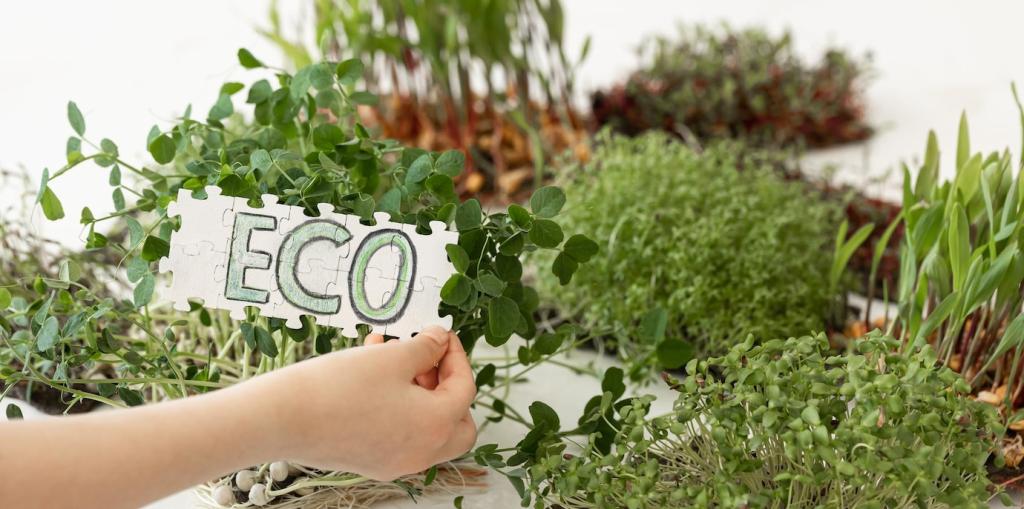Hope without Hype: Escaping Doom and Guilt Fatigue
State the risk clearly, then pivot to specific, feasible steps. Replace “we’re doomed” with “we have a decade to retrofit buildings, and here’s how our city can start this spring.” Urgency plus agency yields momentum.
Hope without Hype: Escaping Doom and Guilt Fatigue
Show a library installing heat pumps or a marina switching to electric ferries. Concrete solutions invite imitation. When readers can see it on their street, they can see themselves in the story—and take the next step.







